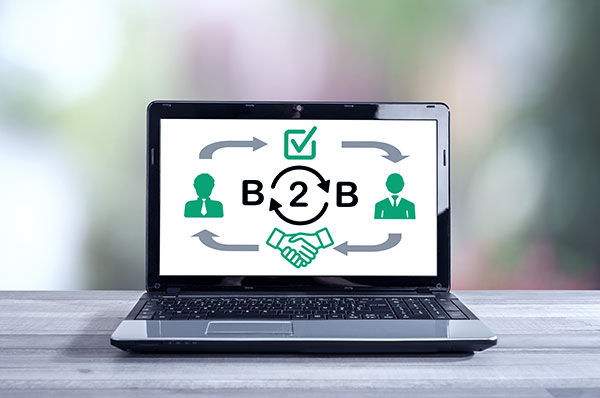EDI may be an old technology, but if it's already there, it is often a super-efficient way to do business.
EDI can be defined as the transfer of structured data, such as supply chain, inventory and retail data, by agreed message standards, from one computer system to another without human intervention. In other words, B2B automation.
If there is one thing that developers and advisors in the digital commerce industry have in common, it is the quest for a smooth and efficient sales solution for our customers. Automation is always an important component in the solutions we offer our customers.
Ensure the loyalty with EDI
EDI acts as the existing communications standards for many industry-specific supply chains. In the medical supply industry for example, where supply of material is crucial for saving lives, with an EDI-system in place, the human factor is not a factor. The orders are made when stock is low, without human intervention, and it works. There is no reason to change that.
If we put on our business glasses again, we are constantly preaching to our customers how important it is to make sure that you have loyal customers. An EDI connection as a sales and ordering system between your company and a customer, is as loyal as it gets. Orders keep coming in, day after day, without any sales efforts.
E-commerce is both web and EDI. If you are running both, don’t favor one over the other
It is important to point out is that if EDI is part of a company’s digital infrastructure, and serves its purpose, it will not be a roadblock for a modern e-commerce system. Avensia’s customers Ahlsell, is great example of that. They are using a hyper modern e-commerce system, and EDI is an integral part of it.


